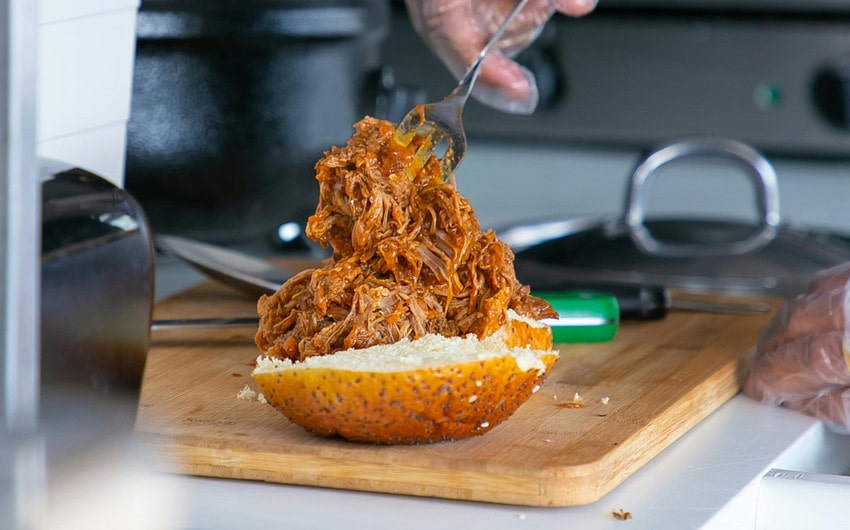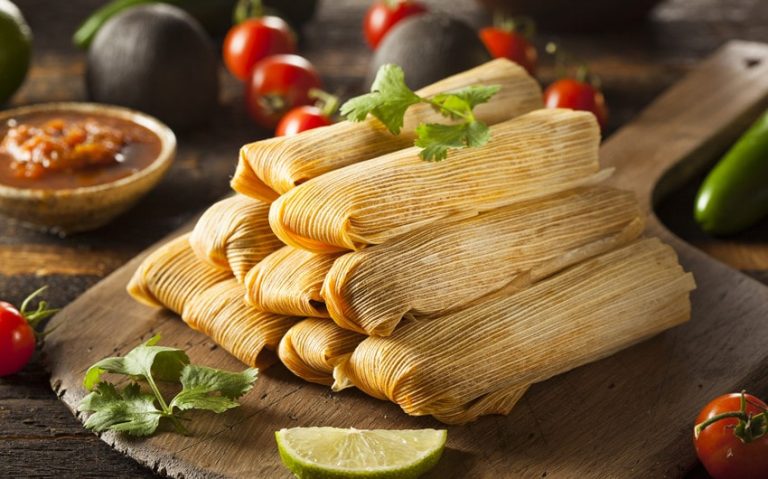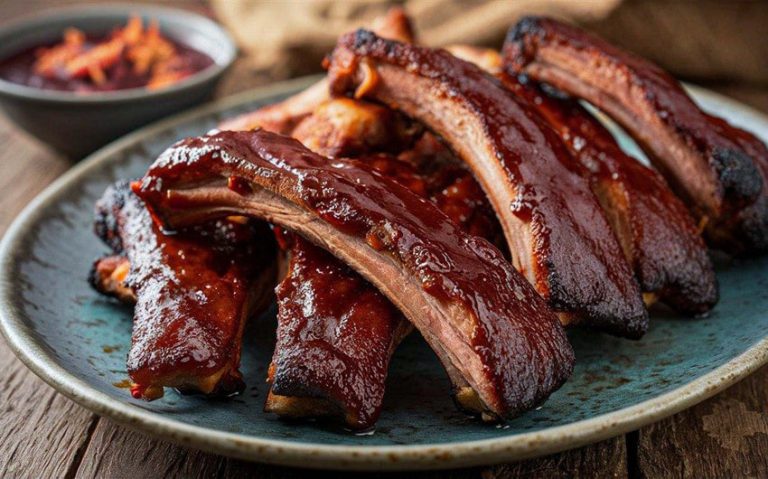Pulled Pork Temperature: Achieve Perfectly Tender, Flavorful Meat
When it comes to making mouthwatering pulled pork, the secret lies in getting the temperature just right. Cooking it too low leaves the meat tough, while going too high dries it out. The perfect pulled pork temperature is between 195°F and 205°F, allowing the meat to become tender and easy to shred.
This range breaks down the connective tissue, giving you that juicy, flavorful pulled pork everyone loves. Whether you’re smoking, roasting, or slow-cooking, knowing when your pork has hit that sweet spot is the key to BBQ success. Let’s explore how to master this simple yet crucial step.
The Ideal Temperature for Perfect Pulled Pork

The ideal temperature for pulled pork falls between 195°F and 205°F. This temperature range is crucial for achieving the tender, juicy pulled pork that’s easy to shred and full of flavor. Pulled pork is all about transforming a tough cut of meat, typically pork shoulder or pork butt, into something mouthwateringly soft.
At lower temperatures, the connective tissues in the meat remain tough, but when you reach the 195°F to 205°F zone, those tissues break down, resulting in that fall-apart texture everyone craves.
When you aim for this range, not only does the fat render properly, but the collagen turns into gelatin, which locks in moisture and creates the signature texture of well-cooked pulled pork. This balance between tenderness and moisture is what makes cooking to the right temperature essential.
While the USDA recommends 145°F as a safe minimum internal temperature for pork, pulled pork needs to be cooked far beyond this for optimal texture.
190°F vs. 205°F: Finding the Right Temperature
While the general consensus places the ideal pulled pork temperature between 195°F and 205°F, some cooks prefer to pull the meat off the heat at 190°F. Each option has its benefits, depending on your preferences:
Pulled Pork at 190°F
At 190°F, the meat will be tender, but some of the connective tissue and collagen may not have fully broken down yet. This means the meat may still have some structure, which is why it can feel slightly firmer and hold its shape more than pork cooked to higher temperatures.
However, it will still be juicy, and for some people, this texture is preferred, especially if you want to retain a bit more of the “bite” in the pork. At this temperature, you can have moist, flavorful pork, but it may take a bit more effort to shred it, and it might not have that ultra-soft, melt-in-your-mouth consistency.
Pulled Pork at 205°F
When you reach 205°F, the collagen has completely broken down, and the meat becomes extremely soft and easy to shred. This is often what BBQ enthusiasts want because the pork almost falls apart on its own.
However, some chefs argue that going to 205°F can make the pork feel overdone, risking dryness if you’re not careful, as the meat no longer has any structure left, and there is absolutely no pink remaining.
It’s important to note that reaching 205°F doesn’t necessarily mean your pork will be dry — as long as it’s cooked “low and slow,” much of the moisture is retained. That said, if you push beyond 205°F or don’t rest the meat properly, the risk of overcooking increases.
In summary:
- 190°F: Juicy, tender, but with a bit more structure. Some effort may be needed for shredding, and it retains a firmer texture.
- 205°F: Extremely soft and easy to shred, but risks overcooking if not done carefully. All connective tissues have broken down, leaving the meat juicier, though it could dry out if taken much further.
How to Monitor Pulled Pork Temperature
Monitoring the temperature of pulled pork is crucial to achieving the perfect balance between tenderness and juiciness. Because the pork shoulder or butt is a tough cut of meat with lots of connective tissue, you need to ensure it’s cooked long enough to break down that tissue without overcooking and drying it out.
Here’s how you can keep an eye on the temperature throughout the cooking process:
1. Using a Meat Thermometer
A reliable meat thermometer is your best tool for tracking the temperature of pulled pork. There are two main types: instant-read thermometers and probe thermometers.
Instant-read thermometers are great for quick checks during cooking, but you’ll need to open the grill, smoker, or oven to use them, which can release heat and extend cooking time.
Probe thermometers are ideal for long, slow cooks like pulled pork. You insert the probe into the thickest part of the meat at the start of cooking, and the thermometer will track the temperature without you needing to open the cooking chamber. Many probe thermometers also come with alarms to alert you when your pork reaches the desired temperature.
2. Where to Insert the Thermometer
The key to an accurate reading is placing the thermometer in the right spot. Insert it into the thickest part of the pork shoulder or butt, away from any bones, since bones can affect the temperature reading. Make sure it’s deep enough to get a true measure of the internal temperature without being too close to the surface.
3. Check Multiple Spots
Pulled pork is a large cut of meat, so the temperature may vary slightly from one spot to another. It’s a good idea to check the temperature in several places, particularly toward the end of cooking, to ensure the entire cut has reached the ideal temperature range of 195°F to 205°F.
4. Keep an Eye on the Stall
One common thing to watch for when cooking pulled pork is the stall — when the internal temperature of the meat stops rising and stays at a plateau (usually around 150°F to 170°F). This is normal, as moisture evaporating from the meat cools it down.
The stall can last for hours, so don’t be alarmed. You can either wait it out or use the Texas crutch method, where you wrap the pork in foil to help it push through the stall.
Resting the Meat After Reaching the Target Temperature

After your pulled pork has reached the desired internal temperature — whether you stop at 190°F or push closer to 205°F — the next critical step is to let the meat rest. This gives the juices time to redistribute throughout the pork, resulting in a juicier and more flavorful end product.
Why Resting Is Important
When you cook meat, the juices are drawn toward the surface by heat. If you cut into the pork immediately after it’s done cooking, these juices will flow out, leaving you with dry meat. Resting allows the juices to settle back into the muscle fibers, making the pork moist and tender.
Resting also allows the meat to firm up slightly, making it easier to shred without losing too much moisture.
How Long to Rest Pulled Pork
For the best results, let the pulled pork rest for 30 to 45 minutes after cooking. You don’t need to let it cool completely, but giving it time to settle will make a noticeable difference in texture and juiciness.
To keep the pork warm while it rests, you can wrap it loosely in foil or place it in a cooler with towels, which is sometimes referred to as a “faux Cambro” technique.
Resting and Holding Temperatures
If you’re not ready to shred the pork immediately after it finishes resting, you can hold it at a safe temperature of around 160°F. This can be done in an oven set to a low temperature or by wrapping the pork in foil and placing it in a cooler.
This is particularly useful when preparing pulled pork for large gatherings, as it allows you to cook the pork ahead of time and keep it warm until serving.
Summary of Key Points
- Monitor the temperature using a reliable meat thermometer, aiming for an internal pulled pork temperature of 195°F to 205°F for optimal tenderness.
- Check multiple spots in the pork to ensure even cooking and accuracy of temperature readings.
- Watch for the stall, where the temperature can plateau around 150°F to 170°F for an extended period. Be patient, or use the Texas crutch to push through.
- Rest the pork for 30 to 45 minutes after it reaches the target temperature to allow juices to redistribute and improve texture.
- If needed, hold the pork at around 160°F to keep it warm until you’re ready to serve.







